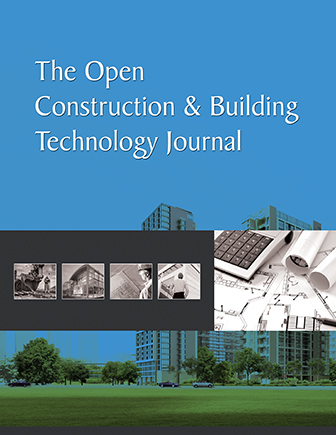All published articles of this journal are available on ScienceDirect.
Numerical Modeling of Masonry-infilled RC Frame
Abstract
Background:
The behavior of masonry-infilled Reinforced Concrete (RC) frame structures during an earthquake, has attracted the attention of structural engineers since the 1950s. Experimental and numerical studies have been carried out to investigate the behavior of masonry-infilled RC frame under in-plane loading.
Objective:
This paper presents a numerical model of the behavior existing masonry-infilled RC frame that was studied experimentally at the University of Patra. The objective of the present study is to identify suitable numerical constitutive models for each component of the structural system in order to create a numerical tool to model the masonry infilled RC frames in-plane behavior by accounting the frame-infill separation.
Methods:
A 2D masonry-infilled RC frame was developed in DIANA Finite Element Analysis (FEA) software and an eigenvalue and nonlinear structural cyclic analyses were performed. It is a 2:3 scale three-story structure with non-seismic design and detailing, subjected to in-plane cyclic loading through displacement control analysis.
Results:
There is a good agreement between the numerical model and experimental results through a nonlinear cyclic analysis. It was found that the numerical model has the capability to predict the initial stiffness, the ultimate stiffness, the maximum shear-force capacity, cracking- patterns and the possible failure mode of masonry-infilled RC frame.
Conclusion:
Therefore, this model is a reliable model of the behavior of masonry-infilled RC frame under cyclic loading including the frame-infill separation (gap opening).


